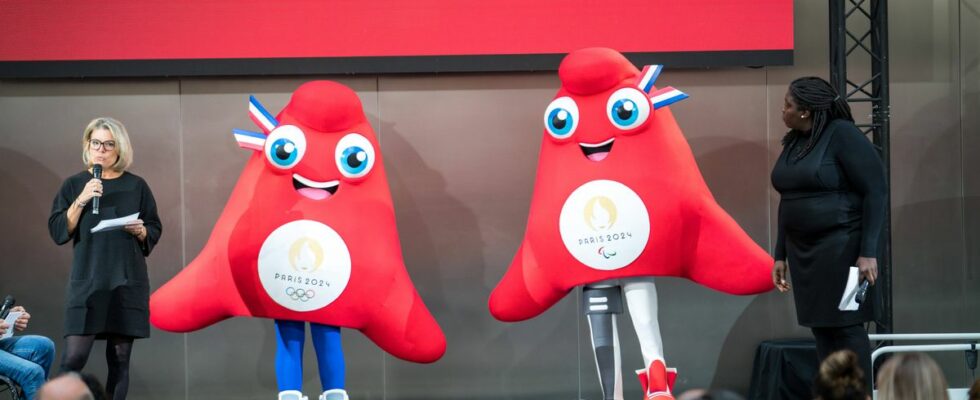Since this summer, the second hottest in history ever recorded in France, with several episodes of very hot weather, the question of the acclimatization of athletes during the Olympic Games (July 26-August 11) has become even more significant. .
How are athletes going to acclimatize to extreme heat? Both during competitions, but also during their recovery phases, in their rooms in the Olympic Village?
Straddling Saint-Denis, Saint-Ouen and Saint-Denis Island, near the Seine, the village, which should be completed by the end of 2023, will be able to accommodate nearly 14,000 people (athletes and management) during these Olympic Games.
Surrounded by seven hectares of green spaces, promised to be carbon neutral, with the use of materials dedicated to energy performance, it must then be converted into family and student housing (including 25 to 40% social housing depending on the municipalities).
Minus 6 degrees compared to the outside temperature
Asked Tuesday about the conditions that athletes could encounter in the event of episodes of high heat during the Olympics, Nicolas Ferrand, the general manager of Solideo, a company responsible for building the permanent structures of the Olympics, kicked into touch.
“We are building rooms where it will be minus 6 degrees compared to the outside temperature,” he assured during a press conference.
A contractual commitment that corresponds to the projects of both communities and organizers.
“If afterwards, the communities or the Cojo (organizing committee of the Olympic Games, editor’s note) change the order, of which act. But then it’s not the same thing. (…) If we have to change, with the technological object that we have put in place (..), there it is air conditioning”, specified Nicolas Ferrand, “but at that time the carbon footprint is not the same”.
“It’s a social issue. Do we collectively accept being at minus 6 degrees and having an excellent carbon footprint, or are we saying it’s not going well, and we are ready to downgrade the carbon footprint,” he added.
The scenario of a scorching summer, with temperatures that could exceed 40 degrees for several days, has already been considered by the organizers, who decided to look even more closely at the issue at the end of August after the boiling summer that crossed France.
Federations seek to accommodate their athletes elsewhere
The director general of the Cojo Etienne Thobois had indicated at the end of August that he had also launched “a specific working group on the subject, relying in particular on the expertise of international federations”.
“It is clear that we learned a lot in Tokyo on this subject (…) Today, we can clearly see that these will potentially be subjects that we must address well for Paris 2024”, he had said.
During the last Olympic Games in Tokyo in the summer of 2021, the athletes were indeed able to confront episodes of high heat, with high humidity.
“Certainly, but in Tokyo, there was air conditioning everywhere. And there, the question seems not to have been anticipated for Paris, ”regrets an influential player in the sports movement.
“The Cojo wants an ecological project, but here it is confronted with reality. It is clearly a subject of the temperature in the rooms, ”assures this actor on condition of anonymity.
“Imagine several days in a row at over 40 degrees, in rooms at 34 degrees. It’s still pretty crazy that these scenarios have not led to any changes, ”he regrets.
“There are federations which are already trying to find fallback solutions, to try to find accommodation elsewhere. If they continue like this they will empty the village,” he assures us.
“It is always a subject in + work in progress +, there are other alternative solutions to air conditioning, type reversible floor, fan”, explains Paris-2024. “But we are working on the subject, except that it is not completely established. We are talking about it with the Athletes’ Commission.

